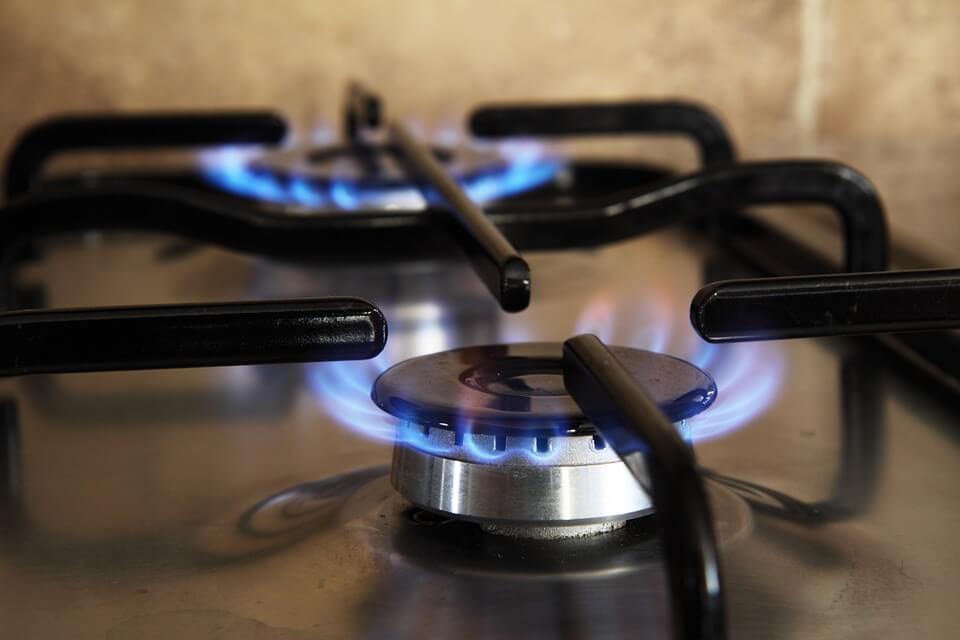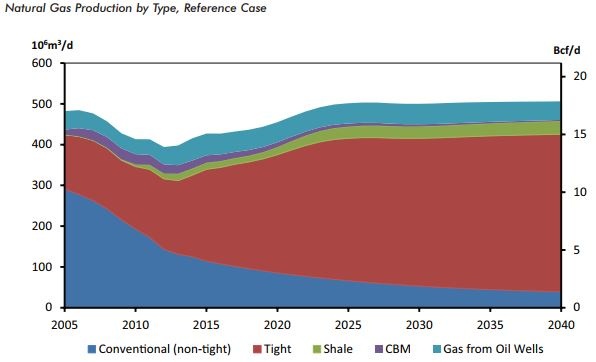Natural gas is a trusted energy source that has been around for many years and has recently experienced a surge in utilization. This source delivers many advantages to consumers from efficiency, affordability, reliability and many others. Innovation is crucial to keep this resource competitive within the energy industry and its popularity is pertinent to Canada as a thriving nation. With its growing capabilities, it is becoming a force to be reckoned with- that will most definitely stand the test of time.
History
Natural gas has been around for millions of years, however only within the last few hundreds of years have we been able to make sufficient use of it, Naturalgas.org (2013) outlines some major milestones:
- Around 1785, Britain was the first country to commercialize the use of natural gas from coal, to light both houses and streetlights.
- The American natural gas industry began almost 100 years later in 1859 when Colonel Edwin Drake dug the first well, by hitting oil and natural gas 69 feet below the earth’s surface. This resource was also discovered in Canada this exact year in New Brunswick, where it was flared as a waste product.
- Natural gas was exclusively used for light until 1885 when Robert Bunsen invented the Bunsen burner. This exciting discovery opened new opportunities for natural gas to safely be used for both cooking and heating.
- The first pipeline was constructed in 1891 but compared to current standards was not very efficient at transporting.
Major Benefits of Natural Gas Within Canada
- Environmentally friendly – now considered a renewable energy source RNG, produced from landfills, agriculture and other compostable applications.
- Safe- and easier to store compared to other fossil fuels.
- More efficient– gas appliances are faster and use less energy.
- Reliable– outages are very rare.
- Affordable– gas appliances are cheaper to run.
- Abundant- supply to last approximately 300 years.
- Clean– a clean-burning fuel that produces C02 and H2O when combusted.

Recent Trends
Canada is the fourth largest producer and fourth largest exporter of natural gas globally, with sustainable reserves for approximately 300 years (Government of Canada, 2018). This industry is a crucial resource for Canada and the livelihood of its citizens by providing much-needed heat in the winter, jobs within related industries, and national investment (that supports infrastructure, affordable healthcare, subsidized education and much more).
According to the MIT Energy Initiative (2011), “over the past two decades, global production of natural gas has grown significantly, rising by almost 42% overall from approximately 74 Tcf (Trillion Cubic Feet) in 1990 to 105 Tcf in 2009.” The surge of natural gas can be explained by a couple key factors; the first being the expansion of production into new gas markets, and secondly improved technology such as LNG (liquefied natural gas) has eased some logistical constraints. The rising popularity of natural gas as a viable source of energy around the world is shown by this impressive growth shown in the industry.
Environmental Targets
The Canadian Association of Petroleum Producers (CAPP) is working to reach the government’s goal of cutting methane emissions by 45% (2017). This energy future will be stimulated by innovation and increased efficiencies within the industry, a win-win for everyone. One major milestone has already been achieved, an impressive 80% reduction of natural gas flares within the last 15 years. Due to these environmental targets Canada is viewed as an environmental leader and has become the #1 favoured global producer of oil and natural gas (CAPP, 2017).
Future Trends
According to NEB (2016) production will continue to increase for both tight and shale natural gas, while non-tight conventional and coal bed methane (CBM) natural gas is projected to decline dramatically.

*This figure shows production increases for both tight and shale natural gas (red and green), while non-conventional and coal bed methane production (blue and purple) declines.
Despite the growing production of natural gas, the number of natural gas wells drilled annually has actually decreased. This decrease is not because of dwindling use, but due to lower natural gas prices and more productive wells that often take more days to drill (NEB, 2016).
The natural gas industry in Canada has been around for over a century and is striving to remain a trusted environmental leader across the globe. This source of energy boasts countless benefits to the end user from being one of the safest, most efficient and affordable options available. With experts continuously working to increase efficiency to keep natural gas competitive within the energy industry, we don’t predict the demand for natural gas diminishing in the foreseeable future.
Related Blog Posts
Natural Gas Vs. Wind Electricity
Natural Gas Vs. Hydro Electricity
—————————————————————————————————————————-
Sources
CAPP (2017). Balanced plan will cut methane and save jobs; Made-in-Alberta model right choice. https://www.capp.ca/media/commentary/balanced-plan-will-cut-methane-and-save-jobs-made-in-alberta-model-right-choice?utm_content=63789117&utm_medium=social&utm_source=twitter
Government of Canada (2018). Natural Resources Canada- Natural Gas Facts. http://www.nrcan.gc.ca/energy/facts/natural-gas/20067
MIT Energy Initiative (2011). The key results of the recently published MIT multi-disciplinary study, The Future of Natural Gas. http://energy.mit.edu/news/the-key-results-of-the-recently-published-mit-multi-disciplinary-study-the-future-of-natural-gas/
NaturalGas.org (2013). History. http://naturalgas.org/overview/history/
NEB (2016). Canada’s Energy Future- Natural Gas Outlook. https://www.neb-one.gc.ca/nrg/ntgrtd/ftr/2016/2016nrgftr-eng.pdf
